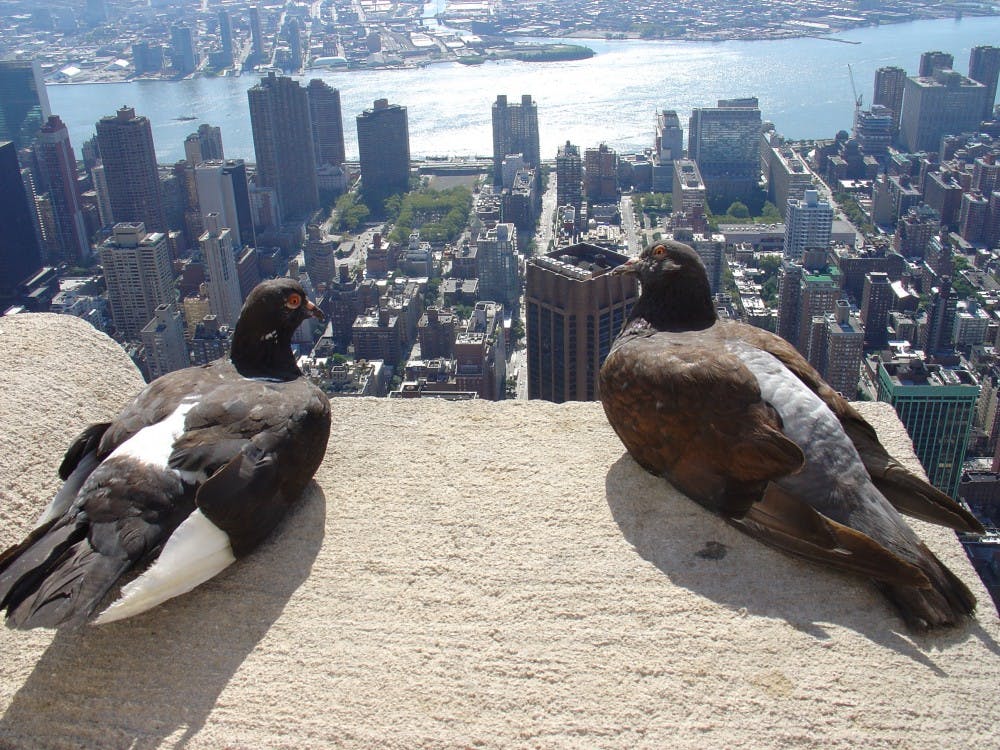In his time, Charles Darwin’s famous theory of evolution was a subject of scrutiny and skepticism. Today most have accepted evolution to be as close to fact as a theory can get.
And for those who still deny it, Associate Professor Marc Johnson from the University of Toronto Mississauga and Jason Munshi-South from Fordham University have something more to prove.
A recent study led by the two and published in the research journal Science reveals that present-day evolution is heavily influenced by humans and our cities. In the past, scientists have looked at evolution only as a long-term effect over hundreds and thousands of years. These studies use evidence from looking at common characteristics between species from different islands that were predicted to have been connected at one point in Earth’s history.
This study, however, shows that evolution can happen over a span of just two decades, with evidence from two different parks in the same city.
The ability to adapt is essential for the survival for many native species that are integral to nature’s ecosystems, especially in the face of environmental changes driven by human activity. But sometimes nature’s ability to adapt to humans’ often destructive living habits can lead to undesirable results.
Bedbugs, for example, scarcely existed 20 years ago, but now they have developed immunity to the many types of insecticides used to control them. As a result, their population has exploded.
That is far from the only example of urban evolution — Johnson and Munshi-South’s study spans mammals, birds, plants, amphibians, reptiles, insects and even viruses, focusing on their interactions with humans and our built environment.
By assessing different means of genetic adaptation, including gene mutation, dispersal and natural selection, the researchers concluded that the urban environment has a significant and visible impact on all of these mechanisms.
White-footed mice in New York City, they found, have evolved to be slightly different in different parks because city streets and buildings prevent the mice from interbreeding. Rats, pigeons, cockroaches and urban lizards have come to depend on humans and cities for survival.
A certain species of mosquitoes living in the London Underground stations have developed the ability to remain active throughout the winter and lay eggs even without feeding on blood.
This trait makes them particularly robust as a species, because they reproduce even in suboptimal conditions.
Unfortunately, they also carry multiple diseases and have already been found in the subway stations of several cities in the United States, including New York City, Chicago and Los Angeles. This imposes potentially serious public health issues, and it may be increasingly necessary for our healthcare systems to adapt as well.
Johnson and Munshi-South consider their study a wake-up call to society. More specifically, they consider it a wake-up call to the public, the government and other scientists. They emphasize that people should be aware of the consequences our actions have on the environment when we build cities.
Driving nature’s evolution in a harmful direction could not only hurt other species but humans as well.
Preserving native species and controlling the rise of disease-carrying ones will be essential for human wellbeing on this rapidly developing and urbanizing planet.
Because cities are the centers of fast-paced urban evolution and because species are changing so quickly, people can see evolution firsthand by observing the outdoors. Johnson said that this provides even more evidence of evolution.
“People who don’t believe in evolution need not go further than their backyard to see evidence of it,” Johnson said, according to ScienceDaily.























Please note All comments are eligible for publication in The News-Letter.